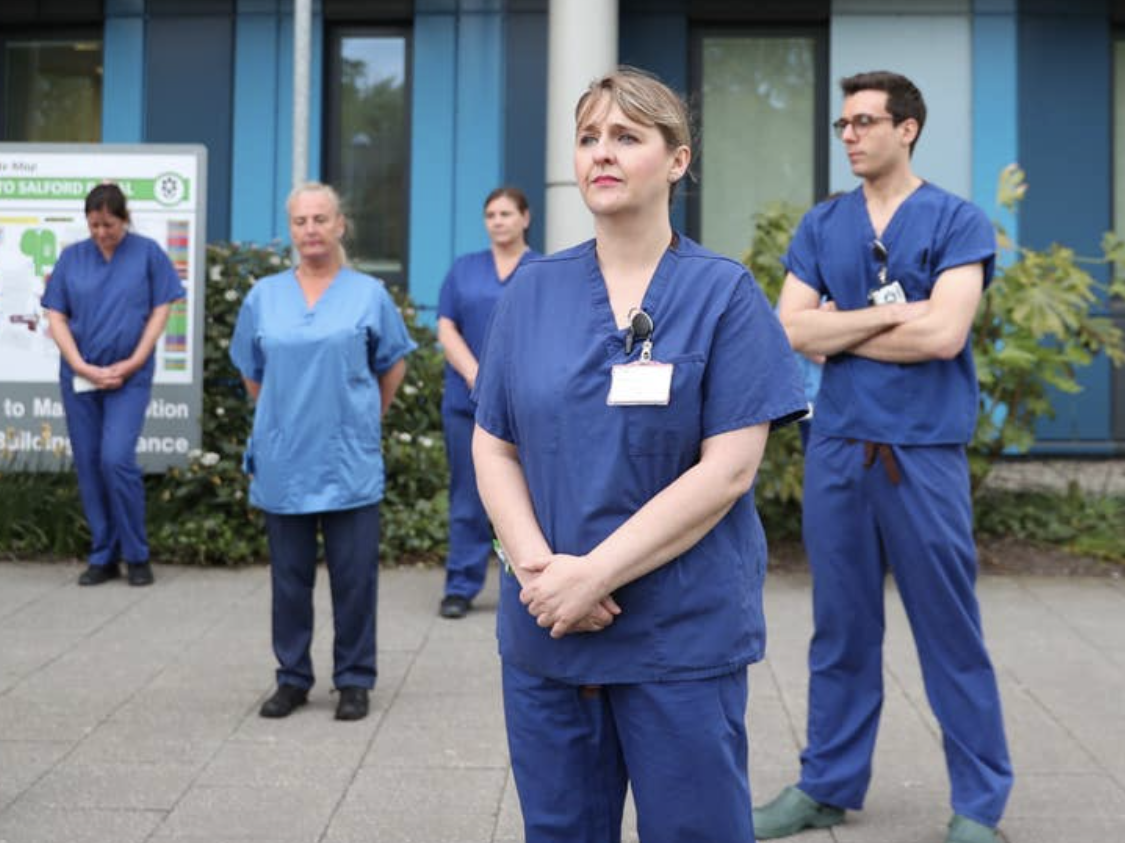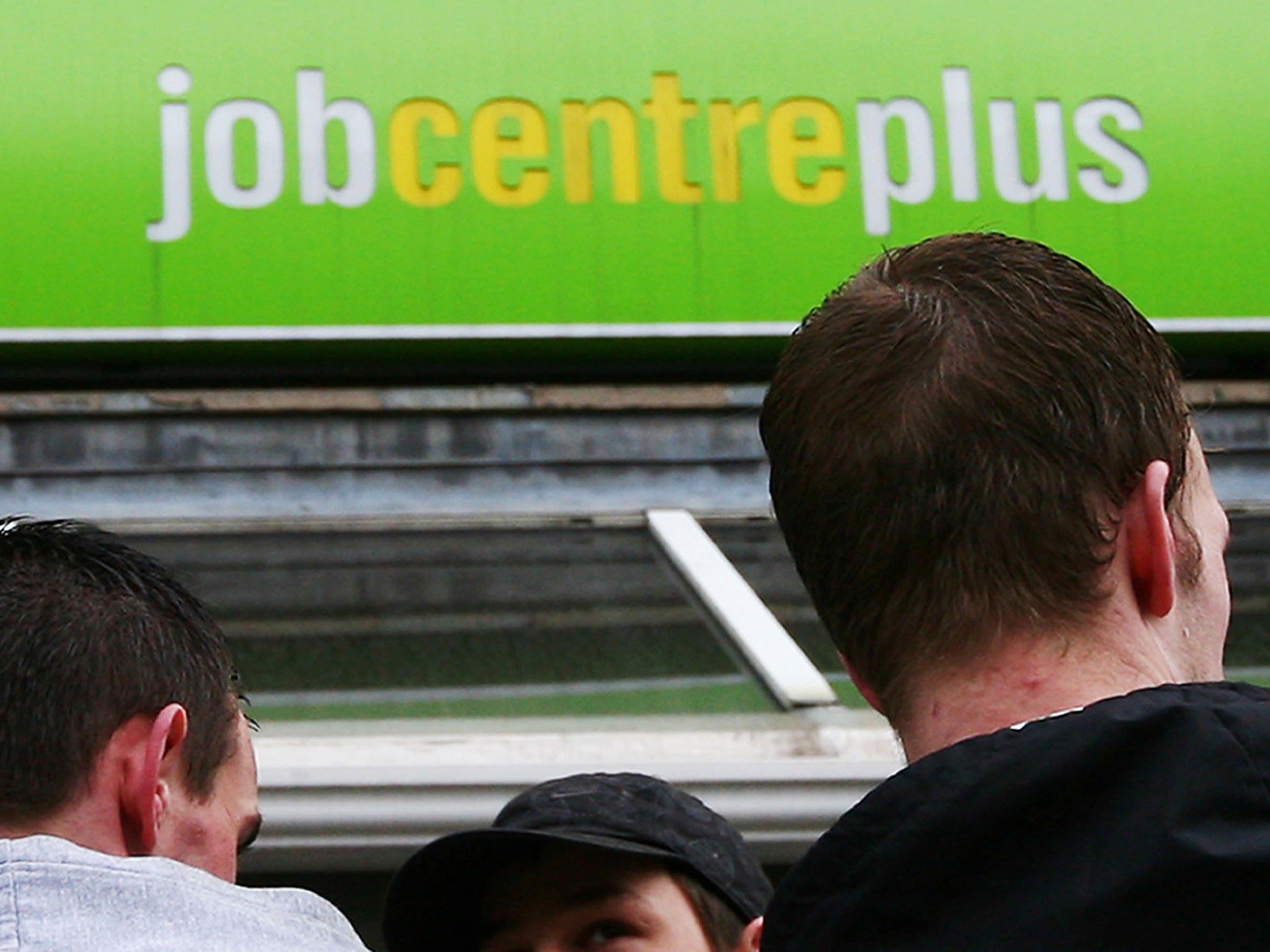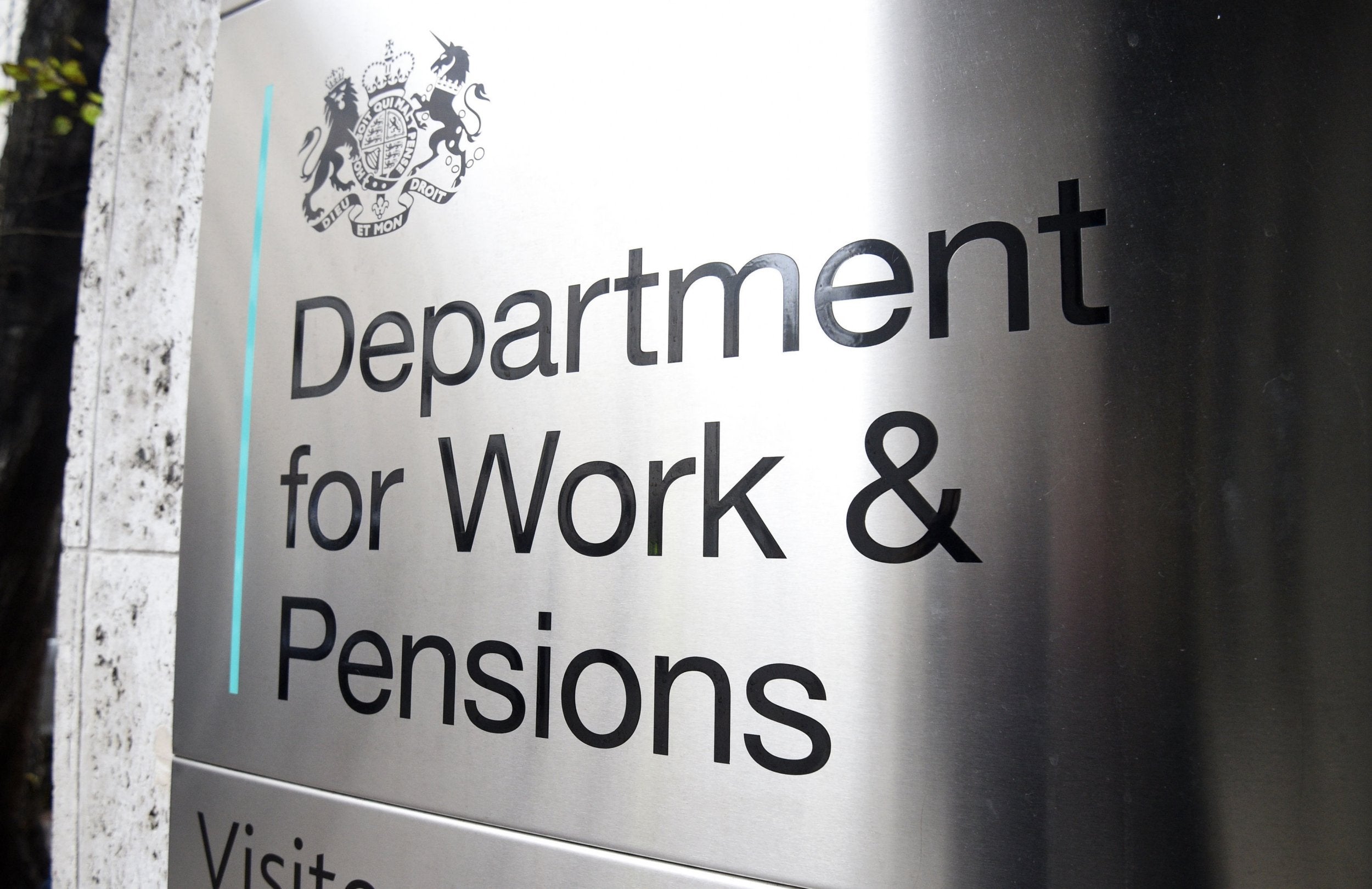Where is all the government’s coronavirus rescue spending going?
Amid the blizzard of numbers and announcements by ministers, it’s easy to lose sight of the detail about what financial resources are going where in this crisis. Ben Chu attempts to follow the money


The state’s fiscal response to Covid-19 has been a story of big headline numbers.
We’ve heard about £330bn in government-backed loans, £20bn in tax cuts and grants, and £225bn in new debt issuance by the government over just three months.
But where is that money going?
Amid the blizzard of announcements and revisions of existing schemes, it’s easy to lose sight.
The Office for Budget Responsibility, the Treasury’s official spending watchdog, has produced a “policy monitoring database” to help the public – and perhaps policymakers themselves – keep track.
Here The Independent details the highlights of spending committed, so far, for the 2020-21 financial year.
Public service spending: £17bn

In the 11 March Budget, the chancellor, Rishi Sunak, pledged to give the NHS “whatever it needs, whatever it costs” to cope with the virus.
And the Budget documents pencilled in £5bn extra for the health service.
But since then there’s also been more emergency state funding for cash-strapped local authorities to look after vulnerable people.
There’s also been £3.5bn for train franchise holders to keep rail services operating.
There are likely to be more bailouts for the likes of public bodies such as Transport for London.
But for now the OBR estimates that so far all of these emergency public service spending commitments add up to £17bn.
Employment subsidies: £49bn

By far, the two biggest programmes have related to paying workers’ wages during the lockdown.
When the government announced a scheme to pay 80 per cent of the wages of furloughed workers, it did not put an estimated price tag on the support. Nor did it do so for a later, similar, income replacement scheme for self-employed workers.
There is huge uncertainty over what these unprecedented schemes will cost because it’s not clear how many companies and people will tap them.
Demand for the furlough scheme has been strong. In its first week of operation last week it was tapped by half a million companies extracting commitments of £4.5bn.
The OBR estimates that, if the lockdown lasts three months, the company furlough scheme will have a cost (net of income tax returned to HMRC) of £39bn and the self-employment scheme a cost of £10bn.
Extra welfare: £8bn

In the Budget, the chancellor announced an increase in the generosity of universal credit and also an extension of the coverage of Statutory Sick Pay for those forced to self-isolate.
This is estimated to cost £8bn in total. It’s worth putting this in the context of the controversial £13bn of savings in the welfare bill enacted by the Conservatives after the 2015 general election.
Grants and relief for firms: £28bn

Small firms that pay business rates can apply for grants worth £10,000 from local authorities. Some pubs and small retailers, whose trade has been wiped out by the lockdown, can get £25,000.
The OBR estimates that the government will end up spending all of the £15bn it has allotted to councils to fund these grants.
The Treasury has committed to not collect a large tranche of the business rates taxes it would normally be owed by companies.
The OBR estimates that this foregone revenue will add up to £13bn, giving a total of £28bn.
The bulk of the £350bn business support package announced by the Chancellor last month was government-guaranteed loans. This may well have fiscal implications for the government if these loans are not repaid but the OBR says it has no way of calculating the size of this liability.
Total: £105bn
This is the overall cost of government policies designed to limit the economic damage of coronavirus, according to the OBR. The figure represents around 5 per cent of GDP. It’s a bigger intervention than that during the last recession in 2008-09. The OBR has previously estimated that the stimulus enacted by the then-Labour government – increasing capital spending and cutting VAT – amounted to less than 2 per cent of GDP.
Yet it’s a different kind of intervention this time. The government is not trying to stimulate household spending. That would be self-defeating during a lockdown designed to prevent the spread of the virus.
Rather the goal is to replace household incomes and dissuade companies from sacking employees.
And the short-term economic damage this time looks set to be considerably greater. In 2009, the economy contracted by 4.2 per cent. The OBR has put out a plausible scenario of the UK economy contracting by 13 per cent in 2020.
Sir Charlie Bean, one of the overseers of the OBR, told Parliament’s Treasury Select Committee on 17 March that the size of the government’s emergency fiscal response to the crisis should be proportionate.
“Let’s suppose the hit to gross domestic product is something like 5 per cent. That’s what [the virus] has taken out, so that’s what you have to put back in,” he said.
By that standard, it is arguable that the government’s spending should actually be higher.
Subscribe to Independent Premium to bookmark this article
Want to bookmark your favourite articles and stories to read or reference later? Start your Independent Premium subscription today.
Join our commenting forum
Join thought-provoking conversations, follow other Independent readers and see their replies
Comments